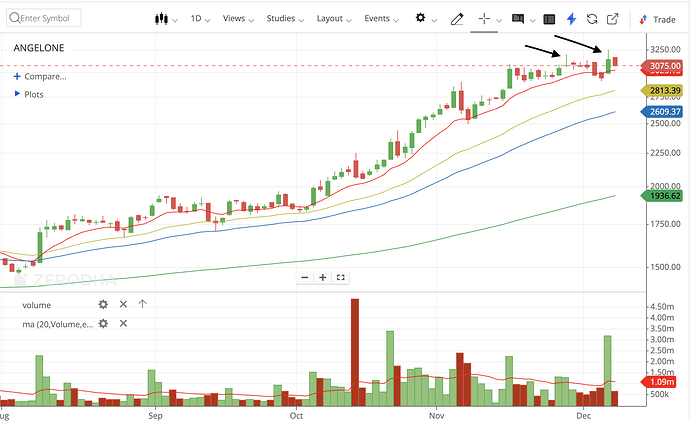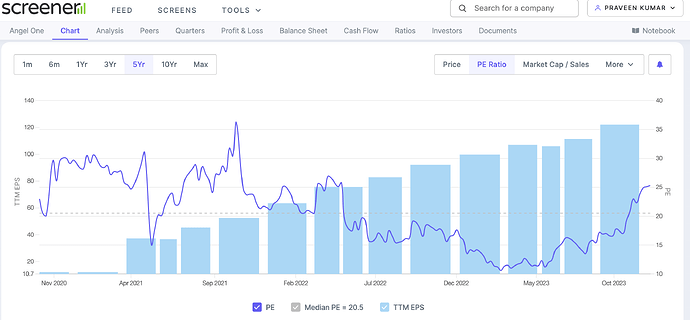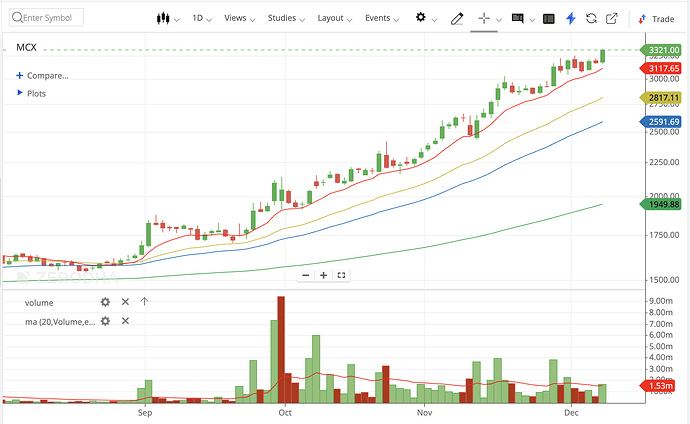Today I happened to look at the stock of SBI cards as there’s some news chatter around it (RBI changes risk weights for Unsecured lending). I could see that the stock is still trading @733 at close against IPO issue price of 755 Rs. Few things that are hampering the stock performance are
- P/B is 6.3, which is expensive, but the growth is also good as the co. grew it’s book value at ~26% CAGR over past 3.4 years
- Loss in spends market share from 19.1% to ~17.5%
Positives:
- ROE is 25.7%
- P/E is ~30x
- Asset quality is decent. GNPA 2.43% and NNPA ~0.9%
- Along with above metrics, short to medium term trigger would be cutting down of incentives by Credit Card cos (like removing lounge access or restricting it, More constrains on cashback (not allowed for offline spends, or constrains like that)
- Technicals: 3 year low is ~680 levels, which may protect the downside
Considering above points the co. looks expensive in terms or P/B (but reasonably valued in terms of P/E, if someone considers this metric for evaluation).
Views on co:
Co has always looked highly valued, as there are good story/narratives around the future of Credit Card business in India and TINA (There Is No Alternative) factor. But, considering the historical valuation, the co is avaialblle at good price (since it’s close to historical lows), but not too attractive at current levels when compared with other alternatives avaialble.
Disc: No recommendation. No position at the moment, but open to buy/trade in future
Praveen




